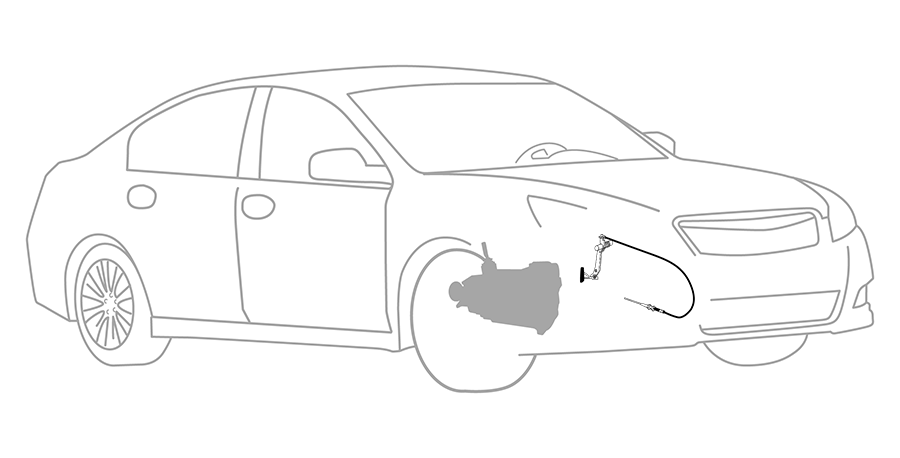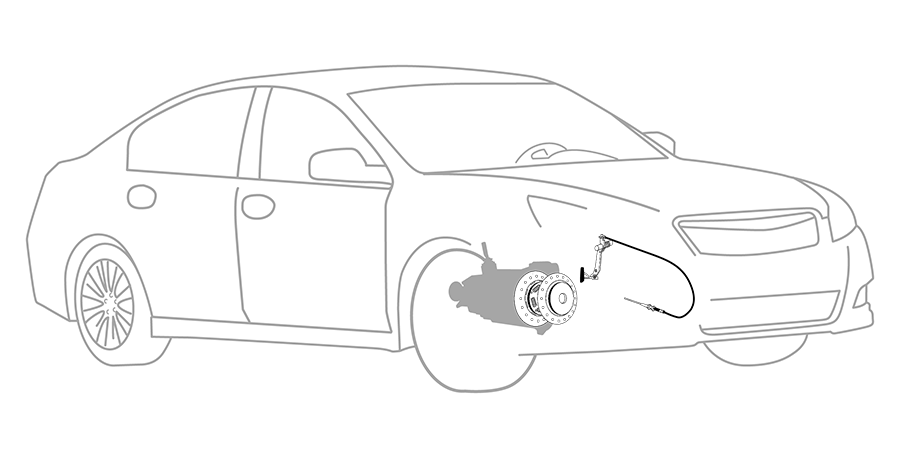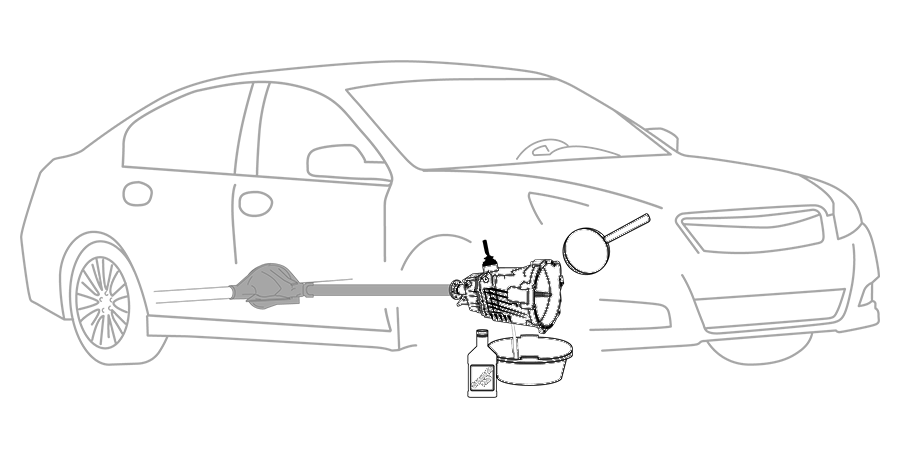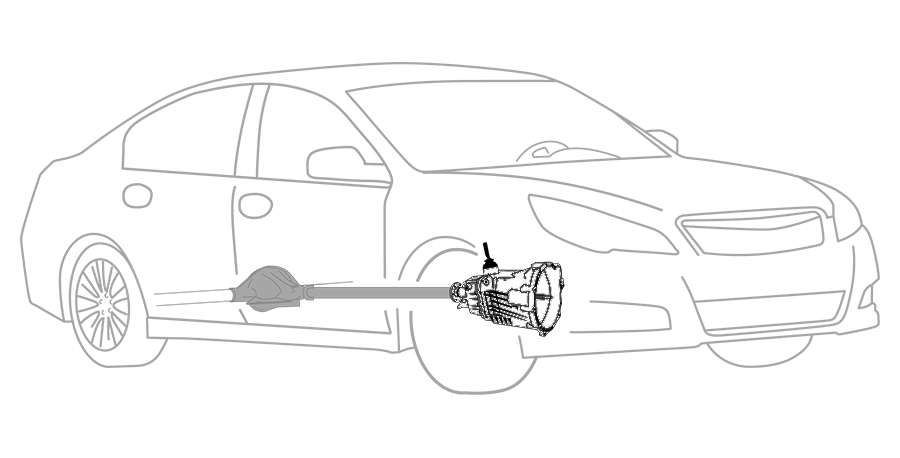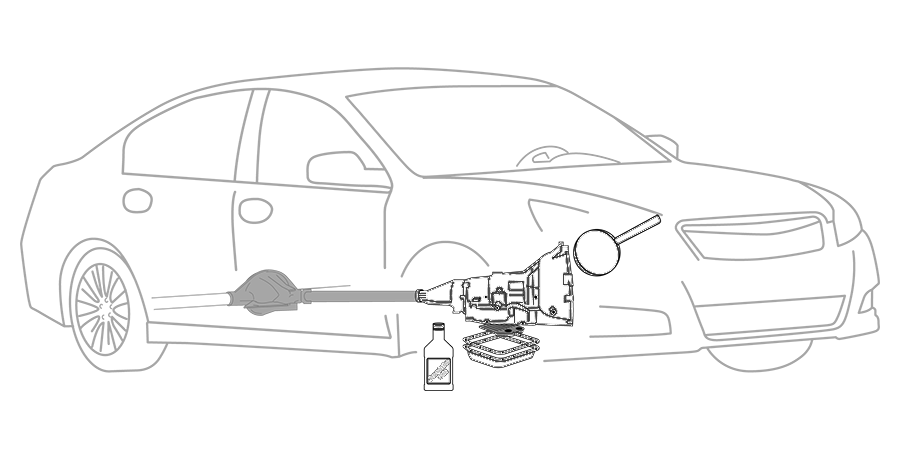
Automatic Transmission Repair
A transmission is responsible for transferring power from the engine to the drive wheels and helping the engine accommodate a range of speeds. An automatic transmission routes power from the engine to the drive wheels while shifting between gears automatically so you can concentrate on regulating power and speed. Automatic transmissions contain the following major components: a planetary gear unit, a hydraulic pump, and a torque converter. The primary difference between an automatic transmission and a manual transmission is the torque converter, which operates similarly to the clutch. The torque converter automatically adjusts to engine speed and supplies power to the wheels of the vehicle. Torque converters rely on transmission fluid to help lubricate internal gears and components, though transmission fluid also helps with the force and pressure needed for switching gears. Throughout an automatic transmission’s life, various maintenance services can help prevent major repairs and unexpected breakdowns while extending the life of your transmission.

